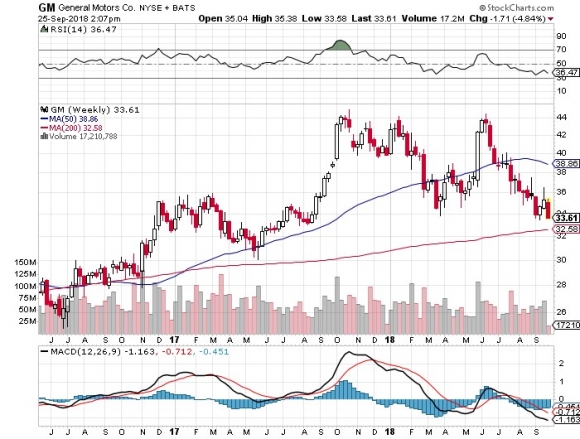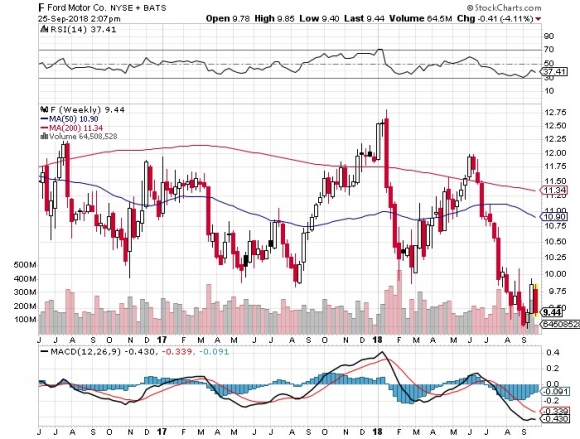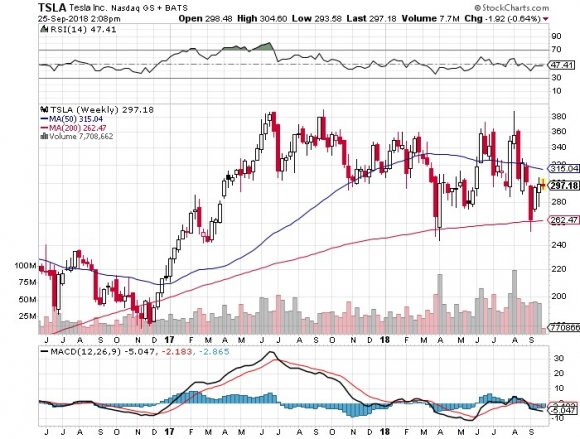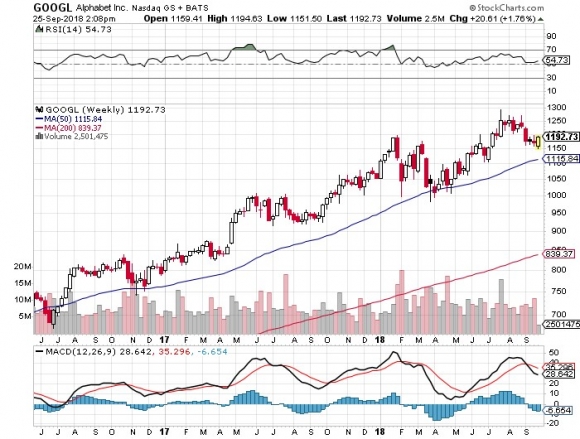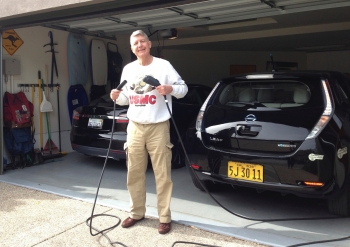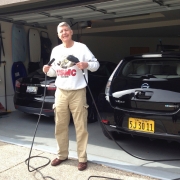Do you want to get in on the ground floor of another major new trend?
Well, here’s another new trend. Get this one right and your retirement funds should multiple like rabbits.
There have been some pretty amazing announcements by governments lately.
The United Kingdom has banned the use of gasoline-powered engines by 2040.
China is considering doing the same by 2035.
And now the State of California is targeting 100% alternative energy use by 2040. That’s only 22 years away.
The only unknown is what such a planned obsolescence program will look like, and how soon it will be implemented.
With 20% of the U.S. car market, don’t take the Golden State’s ruminations lightly.
California was the first state to require safety glass, seat belts, and catalytic converters, and the other 49 eventually had to follow. Some 20% of the market is just too big to ignore.
The death of the car is now upon us, and it is still early, very early.
This is a very big deal.
Earlier in my lifetime, car production directly and indirectly accounted for about one-third of the U.S. economy.
Much of the growth during our earlier Golden Ages, in the 1920s and the 1950s, were driven by a never-ending cycle of upgrades of our favorite form of transportation, and the countless ancillary products and services needed to support them. Tail fins, radios, and tons of chrome assured you always had to have the next new model.
Today, 253 million automobiles and trucks prowl America’s roads, about half the world’s total, with an average age of 11.4 years.
The demise of this crucial industry started during the 2008 crash, when (GM) and Chrysler (owned by Fiat) went bankrupt. Only more conservatively run, family owned Ford (F) survived on its own.
The government stepped in with massive bailouts. That was the cheaper option for the Feds, as the cost of benefits for an entire unemployed industry was far greater than the cost of the companies absorbed.
If it hadn’t done so, the auto industry would have decamped for a new base near the technology hubs in California, and today would be a decade closer to their futures than they are now.
And remember, the government made billions of dollars of profits from its brief foray into the auto industry as an investor. It was one of the best returns on investment in history in major size.
I’ll breakout the major directions the industry is now taking. Hint: It doesn’t have much to do with traditional metal bashing.
The Car as a Peripheral
The important thing about a car today is not the car, but the various doodads, doohickeys, gizmos, and gadgets they stick in them.
In this category you can include 24/7 4G wireless, full Internet access, mapping software, artificial intelligence, and learning programs.
(GM) is now installing more than 100 microprocessors in its vehicles to control and monitor various functions.
Good luck doing your own tune-ups.
The Car as a Service
When you think about it, automobile ownership is a wildly inefficient use of capital. It is usually a family’s second largest expense, after their home, running $30,000 to $80,000.
It then sits unused in garages or public parking for 96% to 98% of the day. Insurance, maintenance, and liability costs can be off the charts.
What if your car was used 24/7, as is machinery in well-run industrial plants? Your cost drops by 96% to 98% to the point where it is almost free.
The sharing economy is the way to accomplish this.
We are already seeing several start-ups attempting to achieve this in major U.S. cities, such as Zipcar, Car2Go, Getaround, RelayRides, and City CarShare.
What happens to conventional car companies when consumers shift from ownership to sharing? Demand plunges by 96% to 98%.
Perhaps that is why auto shares (GM), (F) have performed so abysmally this year relative to technology and the main market.
Self-Driving Technology
This is the hottest development area in the industry, with Apple (AAPL), Alphabet (GOOG), and the big European carmakers committing thousands of engineers.
Let’s say your car is now comfortably driving you to work, allowing you to read the morning papers and catch up on your email. Or maybe you’re lazy and would rather watch the season finale of Game of Thrones.
What else is possible?
How about if, instead of parking, your car drops you off, saving that exorbitant fee.
Then it joins Uber, picking up local riders and paying for its own way. It then dutifully returns to pick you up at your office when it’s time to go home.
Since the crash rate for computers is vastly lower than for humans, car insurance rates will collapse, gutting that industry.
Ditto for life insurance, as 35,000 people a year will no longer die in car crashes.
Half of all emergency room visits are the result of car accidents, so that business disappears too, dramatically shrinking health care costs in the process.
I have been letting my new Tesla S-1 drive me since last year, and I can assure you that the car can drive better than I can, especially at night.
What better way to get home after I have downed a bottle of Caymus cabernet at a city restaurant?
Driverless electric cars are totally silent, increasing the value of land near freeways.
Nor do they require much maintenance, as they have so few moving parts. Exit the car repair industry.
I could go on and on, but you get the general idea.
For more on the topic, please read “Test Driving Tesla's Self Driving Technology” by clicking here.
Virtual Reality
After 30 years of inadequate infrastructure budgets, trying to get into any America city center is a complete nightmare.
Only last week, a cattle truck turned over on the Golden Gate Bridge, bringing traffic to a halt. Fortunately, a cowboy traveling to a nearby rodeo was able to unload his horse and lasso the errant critters (no, it wasn’t me!).
Even if you get into the city, you will be greeted by a $40 tab for a parking space. Hopefully, no one will smash your windows and steal your laptop (happened to me last year).
Why bother?
Thirty years ago, teleconferencing services pitched themselves as replacing the airplane.
Today, we are taking the next step, using Skype and GoToMeeting to conduct even local meetings, as we do at the Mad Hedge Fund Trader.
Virtual reality is clearly the next step, providing a 3D, 360 degree experience that makes you feel like you and your products are actually there.
Better to leave that car in the garage where it can get a top up on its charge. BART is cheaper anyway, when it runs.
New Materials
We are probably five years away from adopting the carbon fiber technology now used in the aircraft industry for mass-market cars. Carbon has one-tenth the weight of steel, with five times the strength.
The next great leap forward for electric cars won’t be through better batteries. It will come through a 70% reduction of the mass of a car, tripling ranges with existing technology.
San Francisco Becomes the Car Capital of the World
This will definitely NOT happen, as sky-high rents assure that the city by the bay will never attract large, labor-intensive industries.
Instead, the industry will develop much as the one for smartphones. The high value-added aspects, design and programming, will stay in California.
The assembly of the chassis, the body, and the rest of the vehicle will be best done in low-cost, tax-free states with a lot of land, such as Texas and Nevada.
What will happen to Detroit? It has already become a favored destination of new venture capital financial start-ups - the cost of offices and housing is virtually free.
